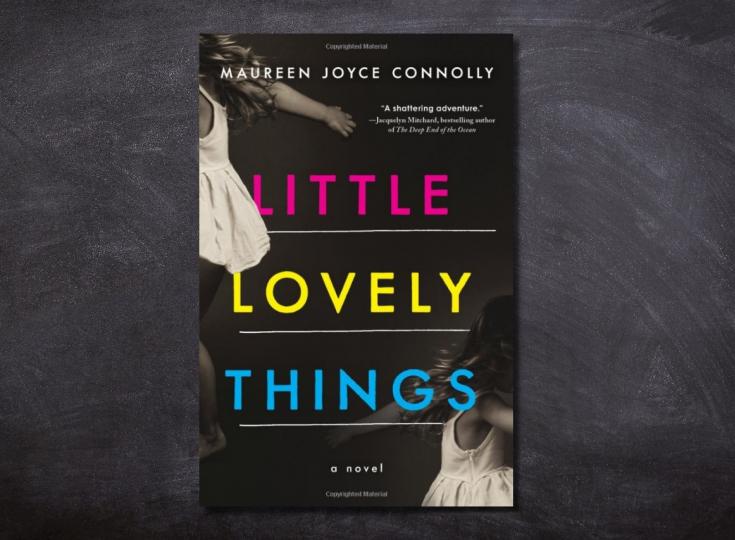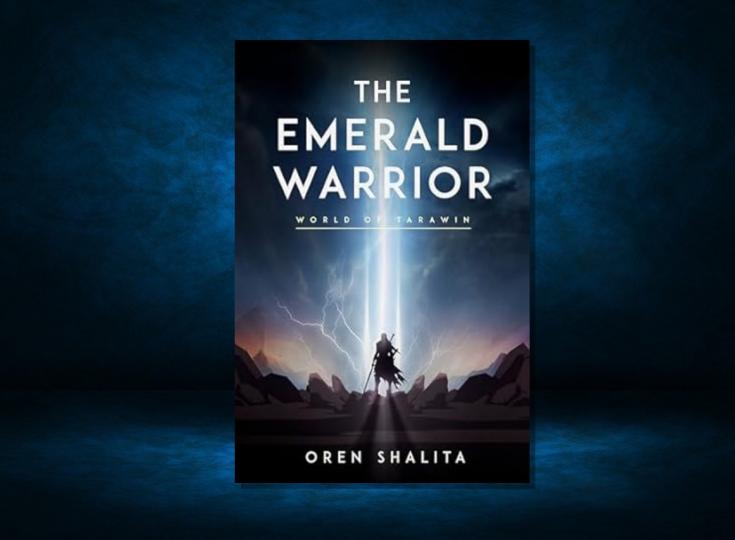Editorial Review: Little Lovely Things: A Novel

The mere thought of losing one’s children can send a rush of fear and adrenaline to the heart of any parent. In this book, that thought becomes a heartbreaking reality for Claire Rawlings.
One morning, while she’s taking her daughters to day care, sickness overcomes her, prompting an unanticipated stop in an unfamiliar neighborhood. Not wanting to wake her sleeping girls, she leaves the car running and stumbles into the gas station bathroom, losing consciousness. When she awakes, there is no car … no 4-year-old Andrea … and no 1-year-old Lily. There is only Claire’s shock, dread, and the overwhelming sense of guilt that would burden her for years.
The story continues briskly as the search for Andrea and Lily begins, with unexpected plot twists that keep you riveted to the story and desperate to read on. Fast-moving, action-packed scenes are artfully contrasted with slower sections that explore the inner turmoil caused by such a tragedy. Though some parts are extremely difficult to get through because of their emotional weight, there is a thread of hope weaved throughout the book, intertwined with enduring love and inspiring resiliency. Because the chapters are written through the perspectives of different people, readers get an up close and personal view of each character: a despondent and guilt-ridden mother, a terrified and disoriented child, and even the deranged abductor.
Connolly uses words as masterfully as a skilled artist uses a paintbrush. She writes crisp details to paint each scene, transporting readers straight into the book’s settings—whether that’s Claire’s home or the abductor’s poverty-ridden rural neighborhood. But what’s more impressive is how deeply the author digs into the raw emotions of the complex, flawed, and very realistic characters. This is especially evident in Claire’s despair and its disastrous effect on her marriage. Letting the tragedy divide rather than unite them, Claire and her husband struggle to discuss their grief, which becomes “its own little world of gestures and heavy pauses and assumptions—this strange current of their lives, molten and subterranean.” Other characters are deeply shaped by their cultural heritages—specifically the Lakota Indians and Irish Travellers—something that adds another fascinating dimension to the book.
Overall, the story reads smoothly and effortlessly because there is very little to distract the reader: no contrived dialogue, no unrealistic characters, no moment when the plot rushes on too quickly or lingers too long. There are a few moments when you can guess how the storylines will intersect generally, but there are still enough missing details to always leave you curious, trying to anticipate how everything will come together and what you’ll experience along the way. This book would be an excellent choice for a book club; an insightful 15-question “Reading Group Guide” at the end can help facilitate discussion, plus readers would have no problem devouring the book in just a sitting or two.
In short, Connolly’s novel is a breathtaking symphony of words, captivating readers with a rapid plot and evoking the rawest emotions of the human experience. Fans of this debut will surely be hoping for future works by this extremely talented author.





